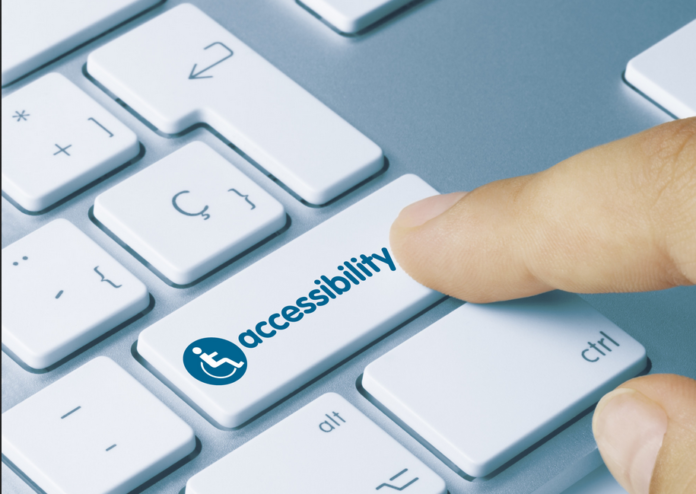Did you know that 40 million people in the United States have a disability?
For many of these individuals, traditional documents are not accessible. They rely on the people creating content to build intentional accessibility into their content creation, and unfortunately, many people don’t.
When you’re managing PDF documents, how can you ensure that your content is accessible? Start by avoiding these five PDF document accessibility mistakes.
1. Color Contrast
For vision-impaired and colorblind individuals, high color contrast is a must. If the colors of your text and images are too similar to the background color of your PDF, the content of your PDF will disappear altogether for these individuals.
The best PDF accessibility tools for correcting this issue are free, online color checkers. These online tools allow you to enter the hex code or the HTML code for the colors in your document. Then, they tell you whether the two colors have high enough contrast to meet WCAG accessibility standards.
2. Alternative Text
When making PDFs accessible, you need to ensure that all the important image content in your document has corresponding alternative text, or alt text. When someone uses a screen reader to read a document, this text will be read out loud in place of the image.
Alt text is not the same thing as an image caption. Alt text should be an exact description of what the image looks like. Start by describing the overall composition of the image, then go into specific details as necessary.
A great way to test whether you’ve created your alt text correctly is to read the text back to yourself. Would you be able to draw or recreate the image yourself using just this text, even if you hadn’t seen the image? If yes, then you have strong, descriptive alt text.
Background images, or images that don’t provide any content value to the document, do not need alt text. Instead, tag these images as background images so that they aren’t read by screen-reading devices.
3. Tagged Content
Screen readers also use content tags to tell the user what kind of information is being read. Tag each kind of content appropriately, whether it’s a header, paragraph text, a bulleted or numbered list, a table, or an image.
4. Reading Order
After tagging all the content in the PDF, organize each tag into the appropriate reading order. For example, section headers should come before the paragraph text underneath. The header row of a table should be read before any of the cell data, and the cells should be read in order.
As you’re testing PDFs for accessibility, take time to check that all your tags are in order. Highlight the first piece of tagged content, and tab through the rest of your content. Does the reading order make logical sense?
Use any insights you gain from this process to refine the reading order of your document.
5. File Conversions
If you’re converting a file from another format into a PDF, you can incorporate accessibility into the original file format and save yourself a ton of time on the back end.
For example, use Microsoft Word’s native accessibility tools to create an accessible Word document. When you Save As to PDF, all those tools will carry over to the PDF.
A C# generate PDF is accessible by including the appropriate code to generate content tags and other accessibility measures.
Avoid PDF Document Accessibility Mistakes
Access to PDF documents is a right that all computer users should have, regardless of what disabilities they have or which assistive technologies they use. By avoiding these five PDF document accessibility mistakes, you help more people access your content.
Searching for more of the latest business and technology news? Check out the other articles on our site now!










